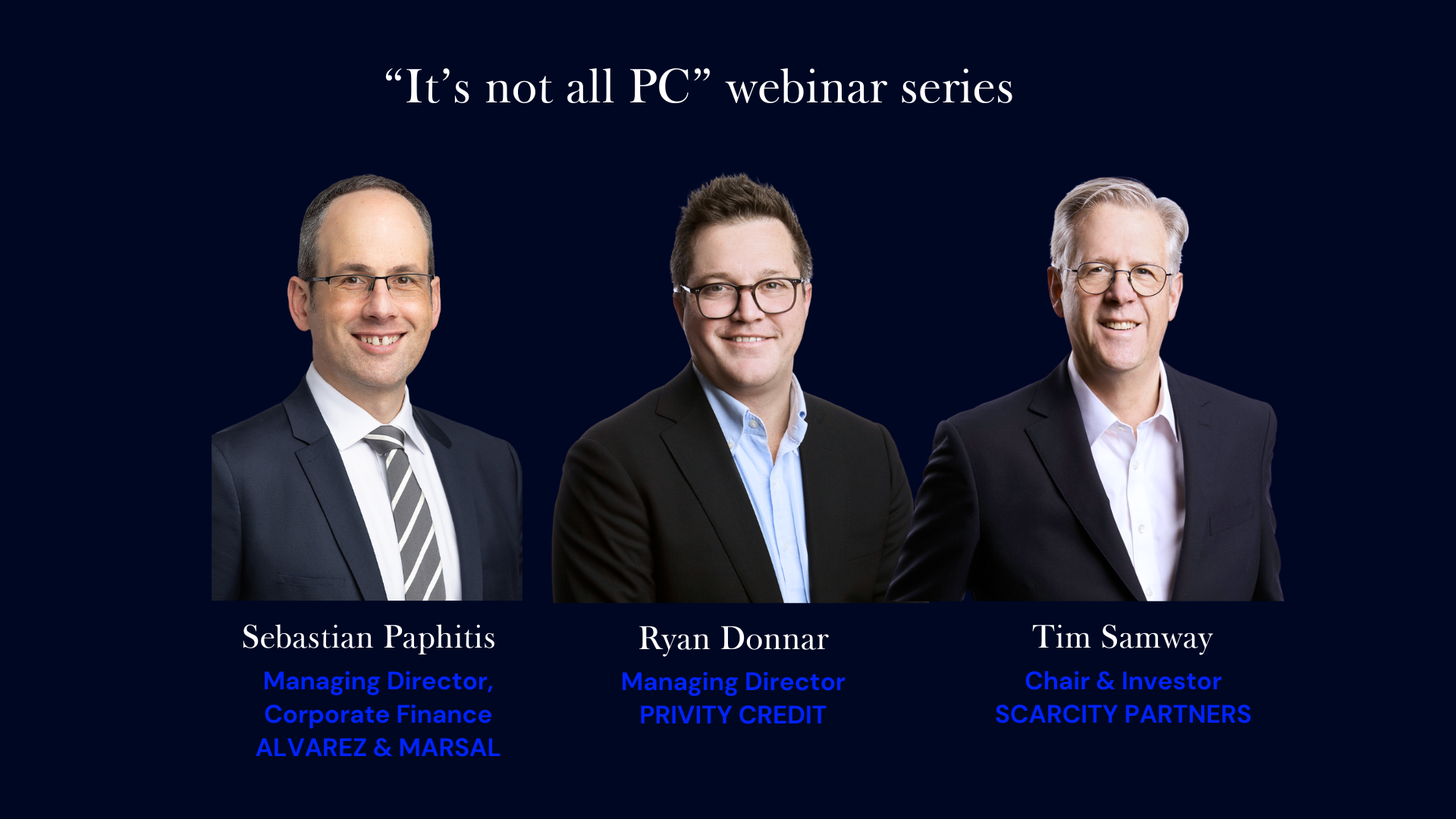09-Jan-2025
Dinimus Credit Fund (DCF) rebrands to Privity Credit
9 January 2025 – We are delighted to let you know that as part of our ongoing growth and evolution, Dinimus Credit Fund (DCF) is rebranding to Privity Credit on 9th January 2025.

Not all that glimmers is gold. But some is. The difficulty investors and their advisers increasingly face is understanding how to identify the gold from the glitter when it comes to private credit. These assets have performed well for investors, offering attractive returns with stable income, yet media coverage and some high-profile stories have changed the perception of risk.
The discussion focused on:
• What’s changed in Australia’s private credit market over the last 12 months and what that means for investors
• Private credit and risk – Unpacking the risk /reward balance behind private credit’s attractive returns
• What really happens when loans go bad
• How can investors better understand what they’re investing in
Catch up on what Sebastian Paphitis (Alvarez & Marsal), Ryan Donnar (Privity Credit) and Tim Samway (Scarcity Partners) discussed what’s really going on in private credit.